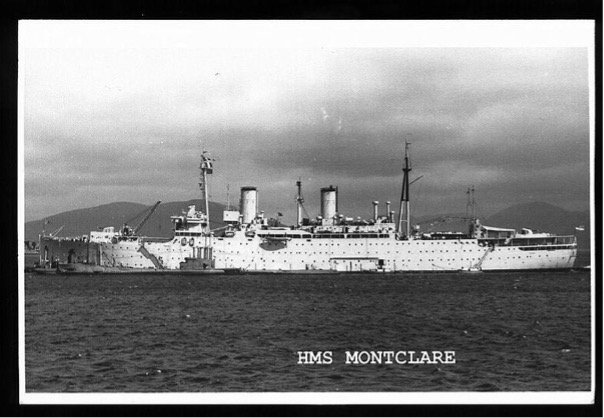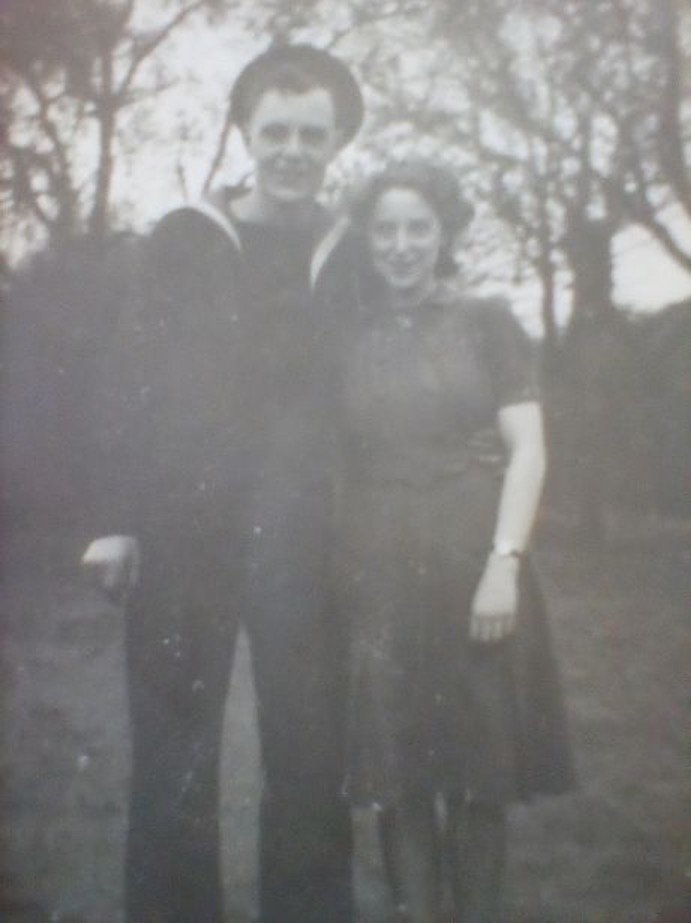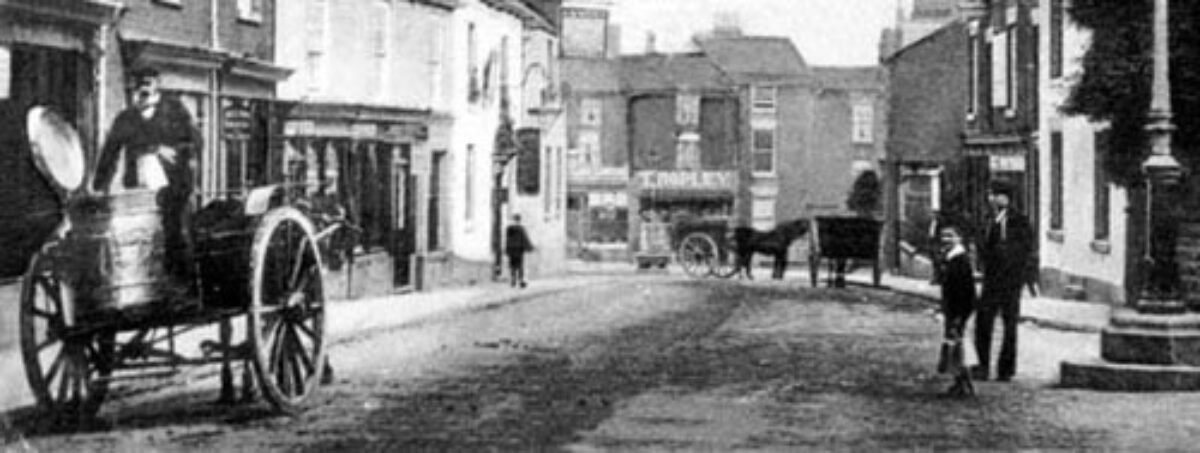Local people have been remembering events of seventy five years ago. The war in the Far East came to an end on VJ day it was the end of six years of hard fighting on land, sea and in the air but it was often regarded as the forgotten war in which Cheshire people served in the Army, in the Navy with the British Pacific Fleet, and in the Fleet Air Arm.
The British Pacific Fleet’s main base was at Sydney, Australia, it was one of the largest fleets ever assembled by the Royal Navy. By VJ Day it had four battleships and six fleet aircraft carriers, fifteen smaller aircraft carriers, eleven cruisers, and numerous smaller warships, submarines, and support vessels. Major actions in which the fleet was involved included Operation Meridian in air strikes against oil production at Palembang, Sumatra. In March 1945 the Fleet as Task Force 57 in Operation Iceberg operated in the Sakishima Islands suppressing the Japanese kamikaze raids on the Okinawa invasion force. This force included HMS Montclare supporting the destroyers. Fleet Air Arm Supermarine Seafires also countered kamikaze attacks during the Iwo Jima landings.
British battleships and aircraft from the fleet attacked the Japanese home islands. The Japanese escort carrier Shimane Maru was sunk and the Kaiyō was disabled. Jon Kelly remembers John Washington, a Bollington town councillor, who told of the great relief he felt on hearing of the dropping of the bomb which ended hostilities. He was in an army unit on board a ship in an invasion force known as Operation Downfall which was being assembled to invade the Japanese home islands where stubborn resistance was expected. To everyone’s relief the Operation was cancelled.
Cheshire men served in the army at Singapore, which was captured by the Japanese, in Burma and in the defence of India. In Burma in the Fourteenth army under General Slim the British Empire forces peaked at around 1,000,000 land and air forces. It’s nickname was the Forgotten Army. It was supported by the Women’s Auxiliary Service who provided a canteen service for the troops of Burma Command and moved down through the country with the Army.
Nora Mottram was born in 1922 in a house on Lacey Green Road in Wilmslow. During the War and on VJ day she was working on the railways at Victoria Station in Manchester. On VJ Day she was 23, she says
“On hearing of the Atom Bomb blasts we felt a huge feeling of relief, that at last the prisoners in Japanese hands would now get an earlier release than if the fighting would have gone on. We felt it would probably have gone on for another two years which at that time was very feasible.”
“Many of the local lads out these were people rescued from Dunkirk. By VJ Day these troops were mainly three or four years older than me, the older brothers of me and my age group. One I knew, Ray Crag of Mount Pleasant, was in the army and had been a prisoner of war, he came back to live on Cranford Road on Lacey Green. Another, Tommy from Morley, who was an ex Styal Cottage Homes boy, had fought in Burma and returned to marry a Morley girl and have four daughters. Gordon Cooper of Lacey Avenue was in the army in Burma, he returned to his pre-war job working at MacFisheries on Grove St. Another Burma army man, Fred Hollis, came and settled in Wilmslow marrying Muriel Hughes, a local girl from Highfield Estate, I think they had one son.”
“At the time Reg, my husband to be, was serving in the Royal Navy as a petty officer on HMS Montclare anchored in Sydney harbour, Reg went to Brisbane where ships were fitted out to transport the freed prisoners of war home from Changi Jail, Singapore. His brother Leo was a staff sergeant who served in Singapore and at Changi Jail.”

HMS Monclare was built as a passenger liner for Canadian Pacific and was requisitioned by the Admiralty and converted to an Armed Merchant Cruiser in 1939. She sailed from the Clyde on 1 March 1945 in convoy via the Suez Canal, arriving in Sydney on 20 April 1945. After the peace treaty she sailed for Hong Kong arriving on 9 September for the re-occupation of Hong Kong and finally left Hong Kong on 3 January 1946 and arriving back in Portsmouth on 21 February 1946 where Nora met Reg. Nora says
“I didn’t tell Reg but I went to meet the ship but it was already in when I got there . I was on a bus when I spotted him with a group of sailors looking in a shop window. It was extremely cold and as Reg had to report back to ship every night I stayed in a B&B. I remember Reg had brought me presents , clothes from Hong Kong and a huge bunch of bananas from Gibralter. I gave them to some very excited kids on the train on the way home.”
Nora married Reg Fox in 1946.

Nora and Reg pictured in 1942 on wartime Lindow Common.
Historical note; Styal Cottage Homes provided a home for poor children from Manchester. Prior to and during the war. It incorporated what we now know as Styal prison. The current prison blocks and Chapel all belonged to the Homes where children stayed up to the age of fourteen after which they were found lodgings mainly locally.
Jon Kelly
